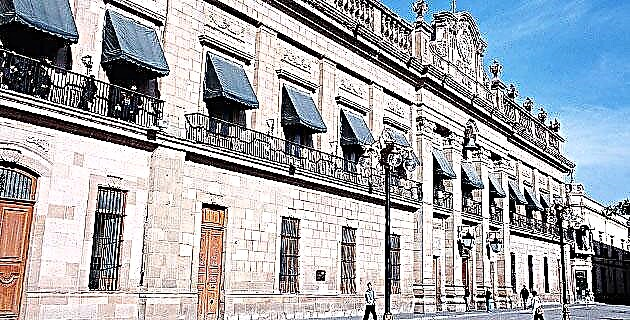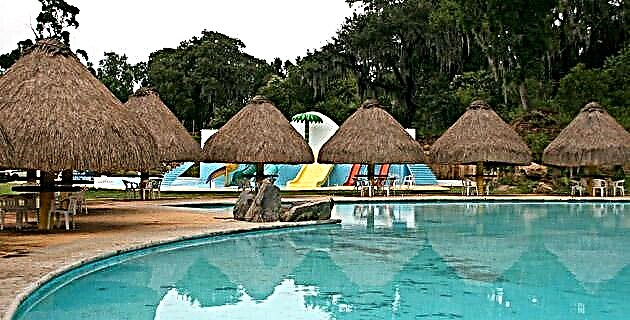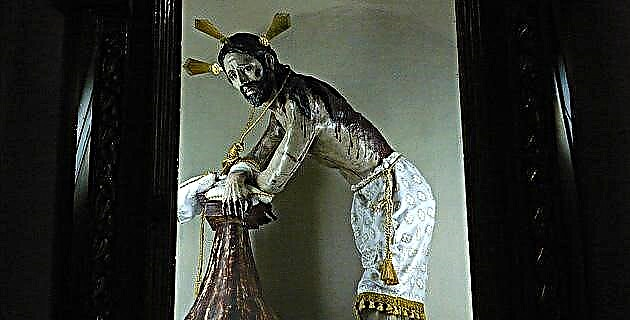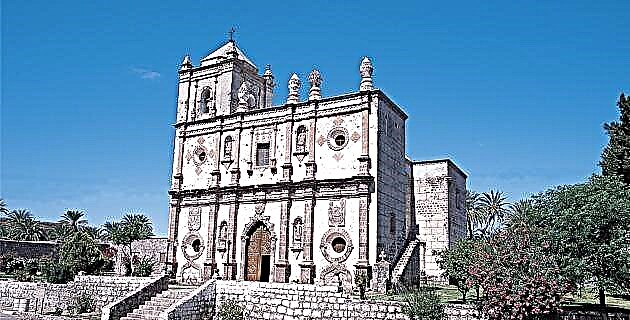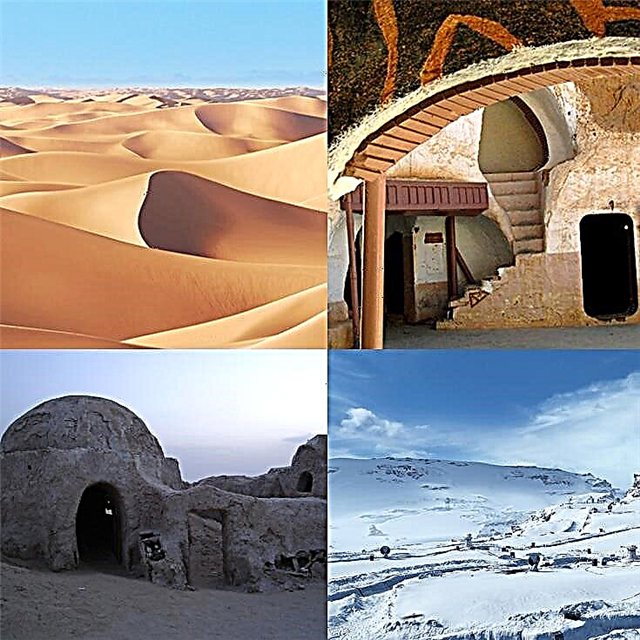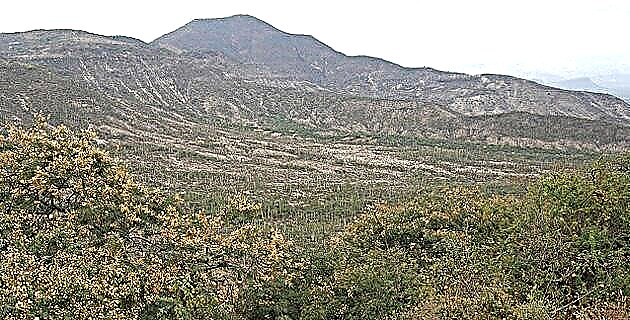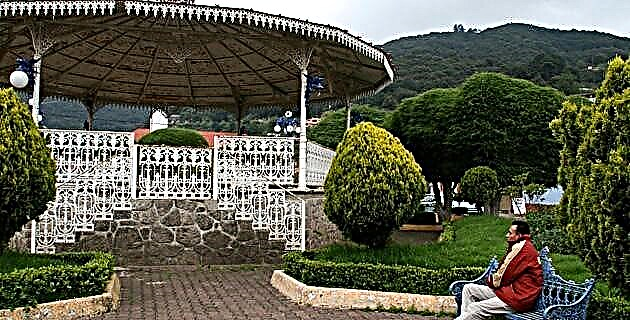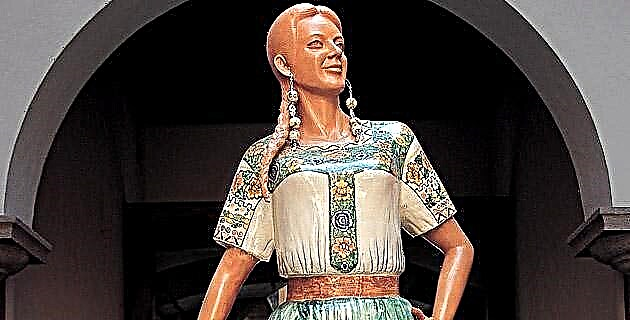
The state of Puebla is one of the richest in terms of festivals and traditions thanks to the fact that, through the years and from remote times, its inhabitants have known how to preserve, transform and enrich them day by day.
Several indigenous groups settle in Puebla territory, such as the Nahuas, Otomies, Popolocas, Tepehuas and Totonacos, which have influenced the cultural traditions of the inhabitants of the north, center and south of the entity. It must be remembered that the city of Puebla was created to be inhabited by the Spanish and their Creole descendants, so many of the popular arts of the state are of purely Spanish origin, such as the majolica of Puebla, which was adopted over time by the Creole groups to give it a Mexican character, forgetting the patterns of the old pottery called talavera. It is in the state of Puebla where a greater syncretism is observed in the cultural traits of its inhabitants.
In the Tehuacán valley, the domestication of corn began, and in its neighboring caves, small ears of corn have been found along with remains of sandals and ixtle fabrics, possibly from that remote antiquity.
Thus, for example, in the kitchen culture, mole poblano is a mixture of flavors where some varieties of chili peppers, turkey meat, peanuts, tortilla, cocoa, all of Mexican origin, and spices brought from overseas merge, as well as almonds, sugar, wheat bread with egg and sesame, whose mixture has made this ceremonial stew famous, which in Mexican homes is only used on very special days, such as baptisms, weddings, anniversaries, etc.
The chiles en nogada, the manchamanteles, the tinga and the chalupitas are from the capital city; the hip mole from Tehuacán; the knurls from the Jicotepec de Juárez area; the tlayoyos and acamayas of the Sierra Norte, the Semitas, which can measure more than 40 cm in diameter, with seven meats from Tilcajete, and the splendid sweets and breads of the state, such as the famous sweet potatoes, the pumpkin in tacha, the almond pancakes, jamoncillos, stuffed lemons and covered fruits, and spirits such as rompope, acachul and the famous raisins and snow-capped mountains of the city of Puebla.
The mosaic of clothing and textile techniques in the state of Puebla is impressive, as evidenced by the spectacular dresses of the Nahuas from Cuetzalan, the Otomi from San Pablito, and the Totonacos, Tepehuas and Nahuas from Mecapalapa, as well as the luxurious ones of San José Miahuatlán, San Sebastián Zinacatepec, Altepexi, Atla, Ajalpan, San Juan Tianguismanalco, Xolotla, La Magdalena and Hueyapan, to mention the best known.
In the Tehuacán area, in the center of the state, onyx stone and marble are worked, the town has baptized everything produced with onyx as “tecali”. It would be worth remembering that Puebla was the first state where glass was manufactured, and that the pottery towns of Jesús Carranza, Los Reyes Menzotla, Izúcar de Matamoros, Acatlán, Tehuitzingo, San Marín Texmelucan, San Marcos Acteopan, Chignahuapan, and the neighborhood are notable. de La Luz in the city of Puebla, where the spectacular moleras casseroles are made.
Puebla has produced popular clay artists, such as Herón Martínez, from Acatlán, and the Castillo family, from Izúcar de Matamoros, who have recovered pre-Hispanic dyes such as cochineal grana, indigo and zacatlaxcalli, to decorate ceramics , and also from Izúcar, Don Aurelio Flores, “El brujito”, maker of large candlesticks.
The popular festivals and commemorations in Puebla express the cultural multitude that the state conserves. In Zacapoaxtla, on May 5, there is a civic celebration where Zacapoaxtlas and "French" fight, as in the Huejotzingo carnival, unique in the world for the costumes of the participants, the representation of the legend of "Agustín Lorenzo" and the personification of General Zaragoza at the head of the hosts that defeated the French army.
On October 4, the day of San Francisco in Cuetzalan, dances as beautiful as the Cuetzalines, the Voladores, the Santiagos, the Manueles, the Pilatos, and many others are observed. In the celebration of the Day of the Dead the altars with offerings in Huaquechula are notable; while in Acatlán, on the outskirts of the cemetery, the dance of the Tlacololeros is practiced. Also the incredible miniatures woven with palm in Chignecatitlán or the papel picado from Huizcolotla and the confection of paper amate in San Pablito Pahuatlán, are samples of the best Puebla traditions.
In a country full of traditions, culinary variety, outstanding architecture and extraordinary popular artists and artisans, we should be proud of a Santa María Tonantzintla, San Bernardino Acatepec, Jalpan, Atlixco and Chignahuapan, or simply for the pleasure of savoring a mole Poblano or visiting the markets and tianguis where we can find true works of art made by the people for the people.
Source: Unknown Mexico Guide No. 57 Puebla / March 2000


